CARING WITH FAMILY
|
| The tendency of a breed to display warmth and affection towards family members or familiar individuals, can vary greatly. Certain breeds may reserve their affection exclusively for their owner exhibiting a distant demeanor with anyone else. Conversely, other breeds are known for their gregarious nature often bestowing friendly gestures upon all acquaintances as if they were their closest companions. |
LOVE WITH CHILDREN
Unwise
Good With Children
|
| The degree to which a breed can patiently handle the antics and behaviors of children and its overall compatibility with family life, varies. Regardless of a breed's natural disposition, it is imperative to keep a watchful eye on dogs when they are in the presence of young ones including children who may not be familiar with canine interactions. |
BEHAVIOR WITH DOGS
Unwise
Good With Other Dogs
|
| The innate sociability of a breed with other canines can differ significantly. While all dogs should be carefully watched when meeting and interacting with new dogs, there are some breeds that naturally tend to be more amicable with their fellow four-legged friends, whether they’re mingling at the park or cohabiting in the home environment. |
SHEDDING LEVELS & MANAGEMENT
No Shedding
Hair Everywhere
|
| The amount of fur a breed is known to shed can impact household upkeep. High-shedding breeds will generally require more regular grooming, such as brushing to manage loose hair. They are also more inclined to provoke certain allergies and may necessitate increased vacuuming and use of lint rollers to keep your living spaces clean. |
COAT GROOMING STANDARDS
|
| The grooming demands of a breed including the need for baths, brushing, trimming or other forms of coat care, differ widely. Assess your available time, patience and financial resources for upkeep when considering the level of grooming effort a breed necessitates. Remember, irrespective of the breed routine nail trimming is a must for all dogs. |
DROOLING INTENSITY
Less Likely to Drool
Always Have a Towel
|
| The propensity for a breed to drool can range significantly. If you have a penchant for tidiness, you might want to think twice about adopting breeds known for leaving trails of drool on your arm or large damp patches on your clothing. For those meticulous about cleanliness, less drool-prone dogs might be a more suitable companion. |
COAT STYLES GUIDE |
| Smooth |
| COAT SPECTRUM |
| Short |
FRIENDLINESS
Reserved
Everyone Is My Best Friend
|
| A breed's typical response to unfamiliar faces can widely vary. While certain breeds may consistently exhibit reserve or caution around strangers, irrespective of the setting, others are more eager to greet a new person with enthusiasm at every opportunity. If frequent interaction with new people is expected, considering a breed's inclination towards strangers can be an important factor in your selection. |
LIVELINESS
Only When You Want To Play
Non-Stop
|
| The zeal for playfulness across different breeds may extend well beyond their puppy years. Some breeds retain their love for energetic games like tug-of-war or fetch as they mature into adulthood, while others might prefer the tranquility of lounging on the couch beside you for the majority of the time. It's important to consider a breed's enduring passion for play when anticipating the energy and engagement they'll bring into your home through the years. |
VIGILANCE INTENSITY
What's Mine Is Yours
Vigilant
|
| The inclination of a breed to notify you about the presence of strangers can be quite pronounced. Such breeds are typically more responsive to perceived threats, which could range from the mail carrier to a squirrel scampering outside the window. However, these same breeds often grow accustomed to strangers who come into the home and are welcomed by their family members. |
ADAPTATION CAPACITY
Lives For Routine
Highly Adaptable
|
| It's important to understand a breed's flexibility with shifts in their environment, such as adjustments in their home, surrounding sounds, meteorological conditions, daily agendas and routine life changes. |
OBEDIENCE LEVEL
Self-Willed
Eager to Please
|
| Training your canine companion can vary in simplicity, and a lot depends on their eagerness to pick up new skills. Certain dog breeds are innately keen to please their humans consistently striving to be the source of your pride. Meanwhile, there are those who march to the beat of their own drum expressing their independent streak by following their whims choosing to do as they please, wherever and whenever the mood strikes them. |
STAMINA LEVEL
|
| Different dog breeds require varying levels of physical activity and mental engagement. Those considered high-energy are always on standby for action and crave the excitement of new ventures. Their days are filled with constant motion, be it sprinting, leaping or interactive play. On the flip side, breeds with lower energy levels embody the quintessential 'couch potato' lifestyle. |
VOCALIZATION
|
| Infrequent |
LEARNING CURIOSITY LEVEL
Happy to Lounge
Needs a Job or Activity
|
| The level of cognitive engagement necessary to maintain a breed's well-being is considerable. Dogs bred with specific tasks in mind may need to use skills like strategic thinking, analyzing and focusing. Without sufficient opportunities to challenge their intellect, they might resort to inventing their own activities, often leading to mischief that may not align with your preferences. |
| COLORS |
|
Description
|
Registration Code
|
|
Brindle & White
|
059
|
|
Fawn & White
|
086
|
|
Red & White
|
146
|
|
White
|
199
|
|
White & Brindle
|
203
|
|
White & Red
|
214
|
|
Black & Brindle
|
008
|
|
Black & Tan
|
018
|
|
Brindle
|
057
|
|
Fawn
|
082
|
|
Red
|
140
|
|
Black Brindle & White
|
021
|
|
Black Tan & White
|
030
|
|
White Black & Brindle
|
452
|
|
White Black & Tan
|
219
|
|
White & Fawn
|
207
|
|
| PATTERNS | . |
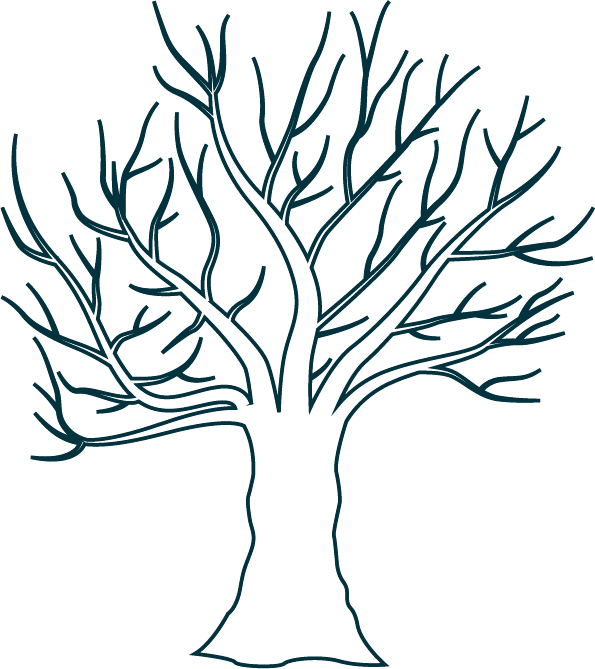


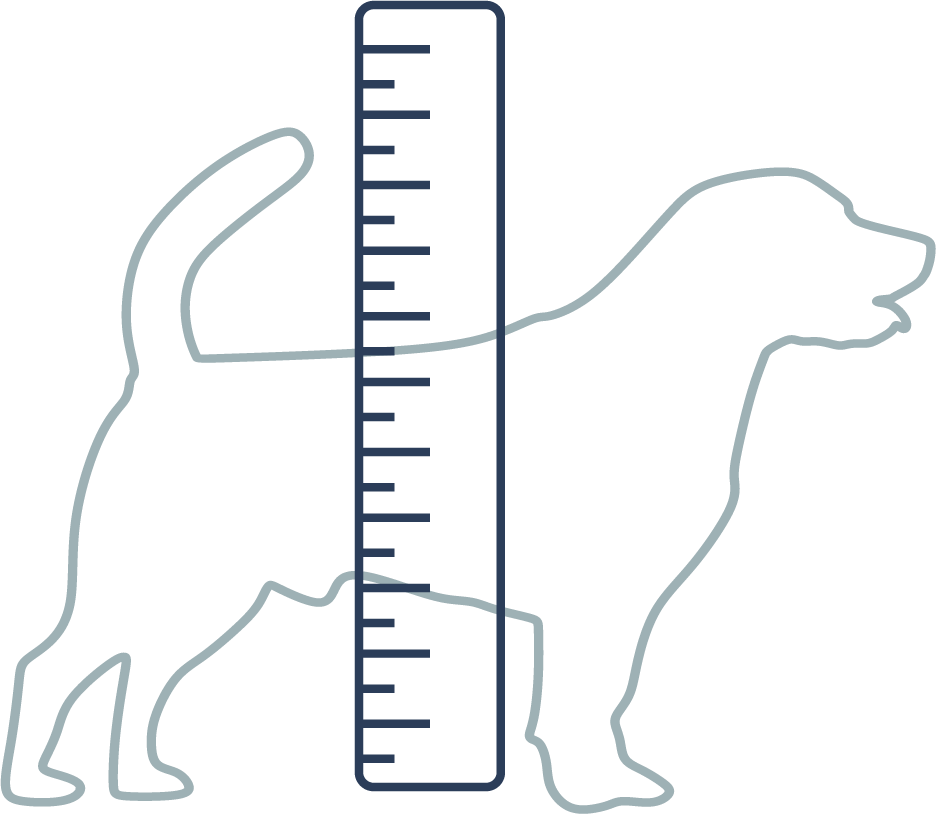
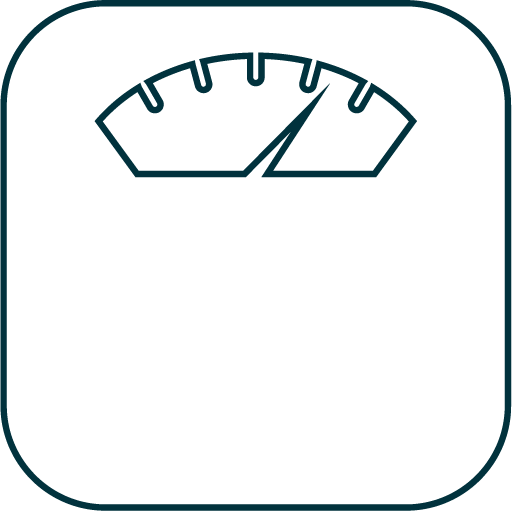

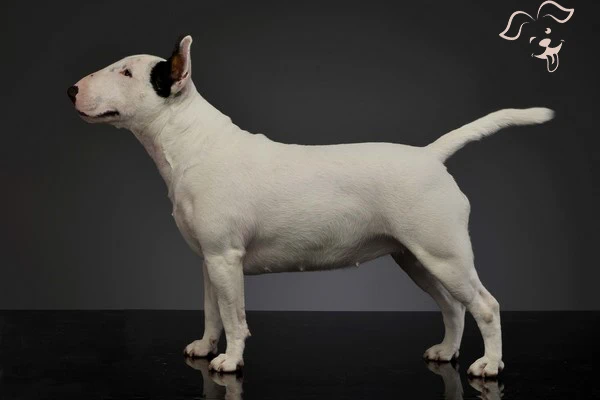

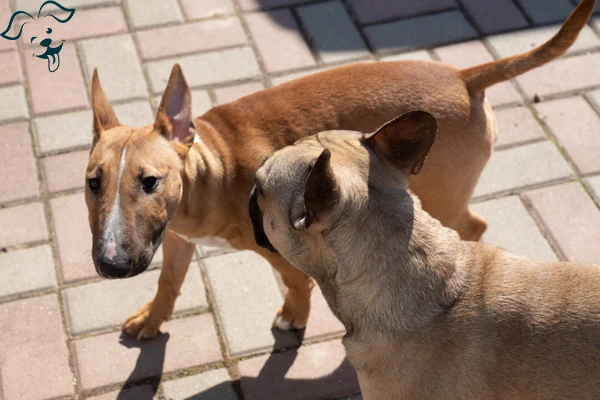
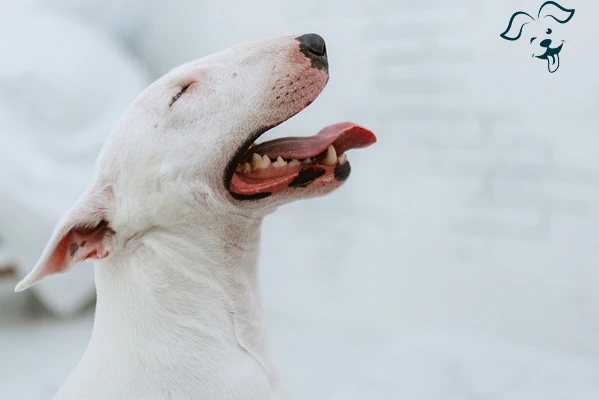


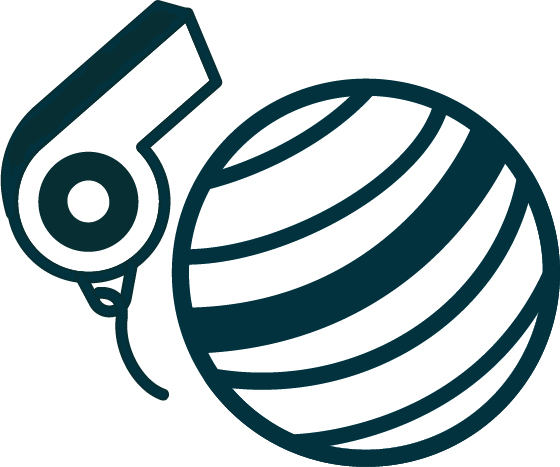
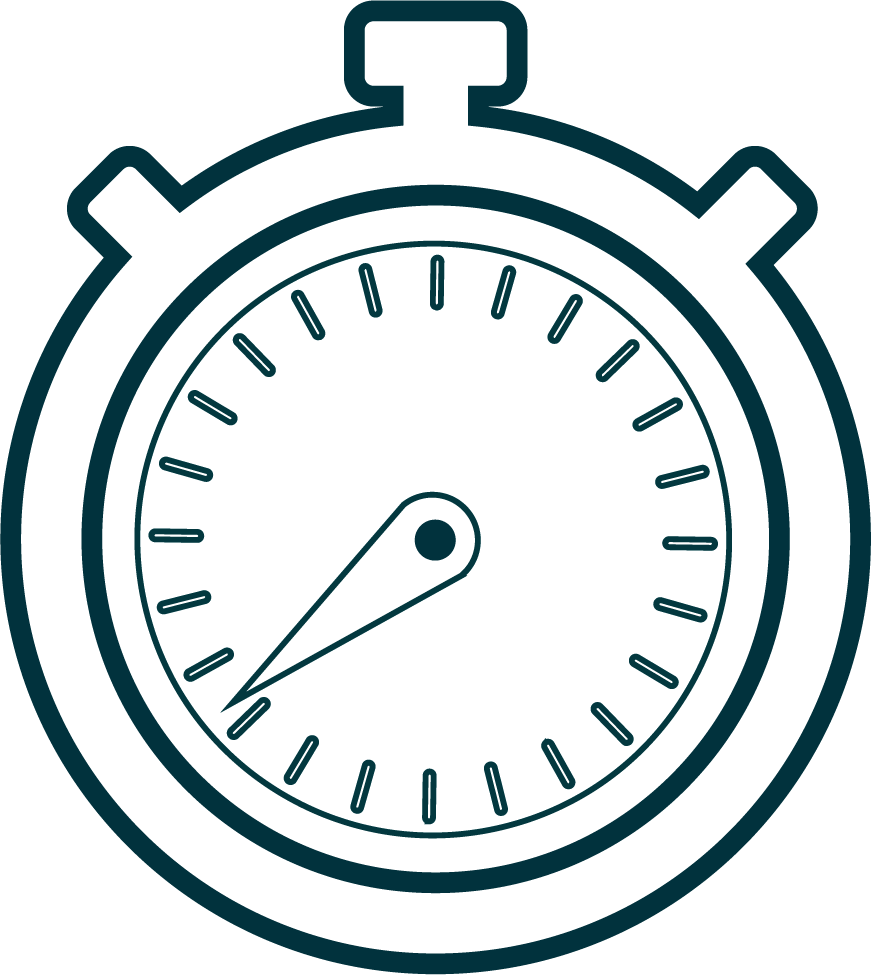
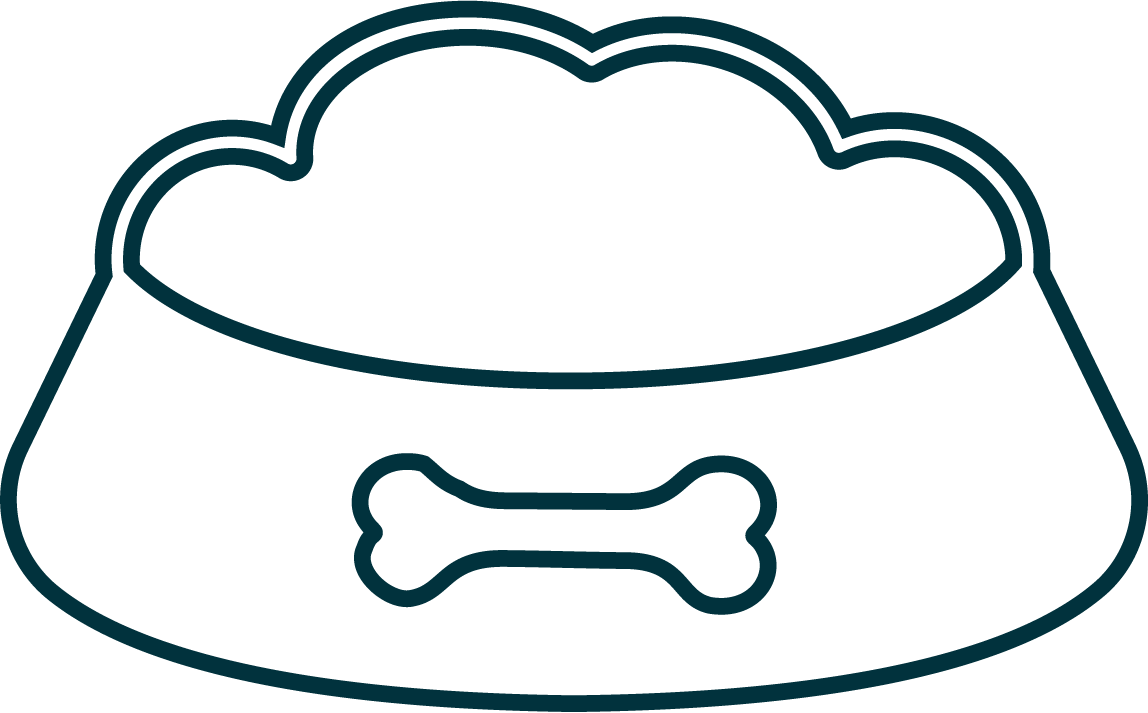

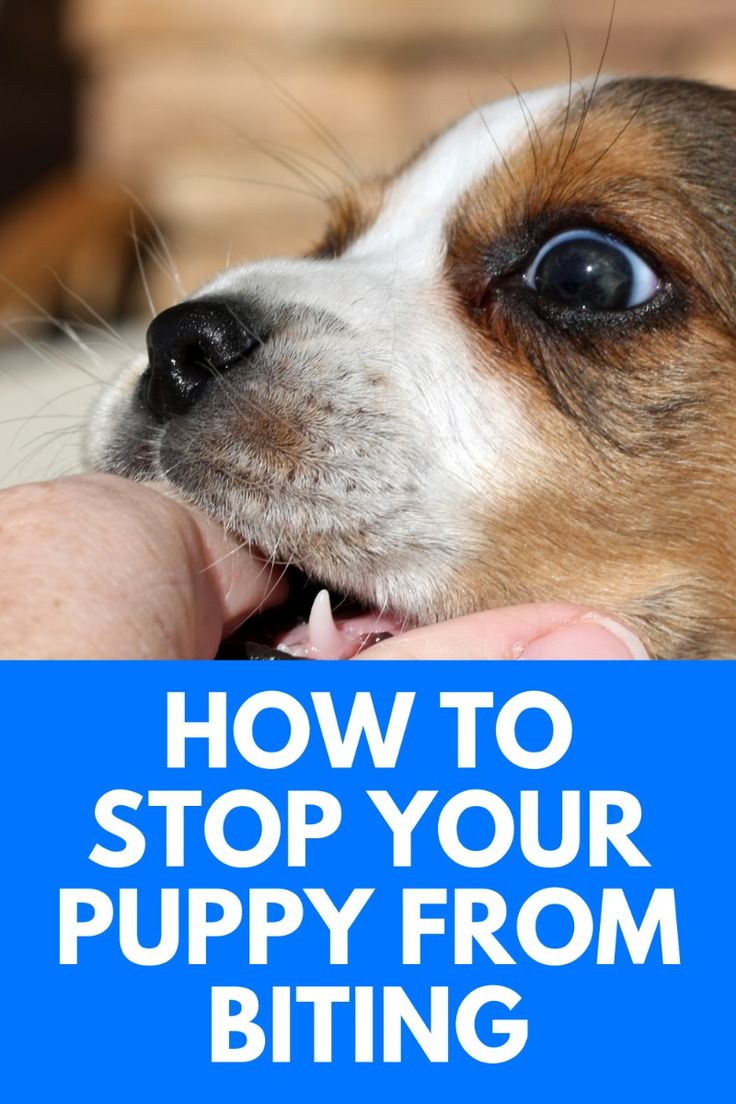
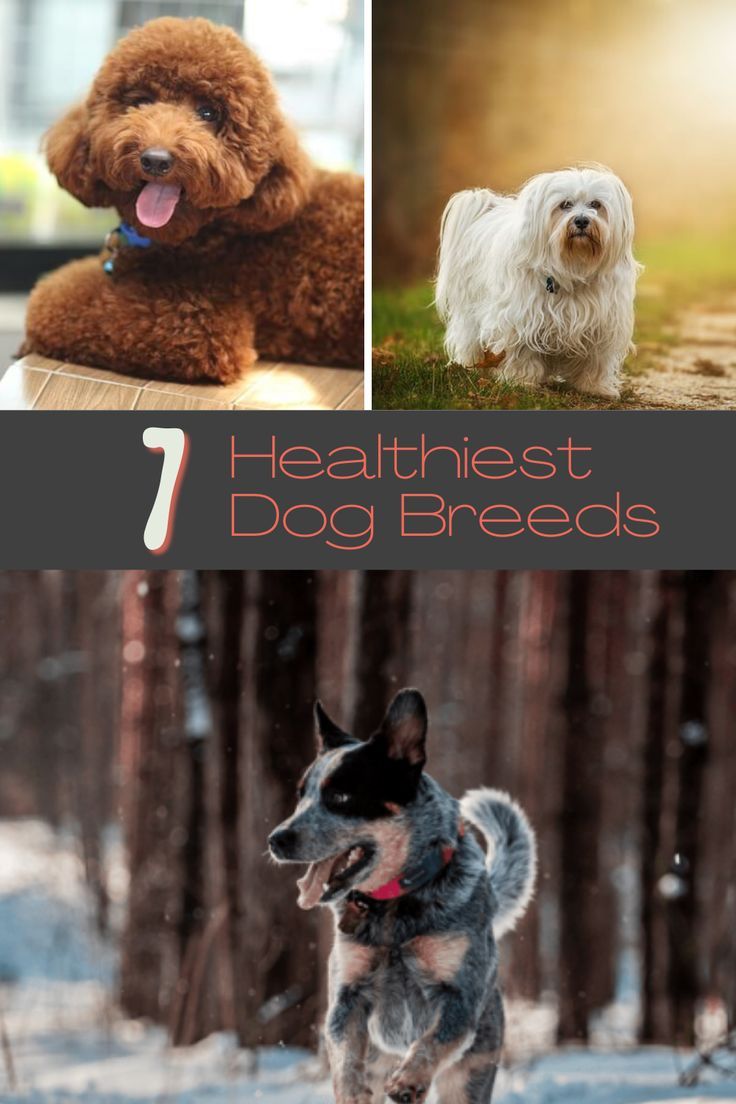

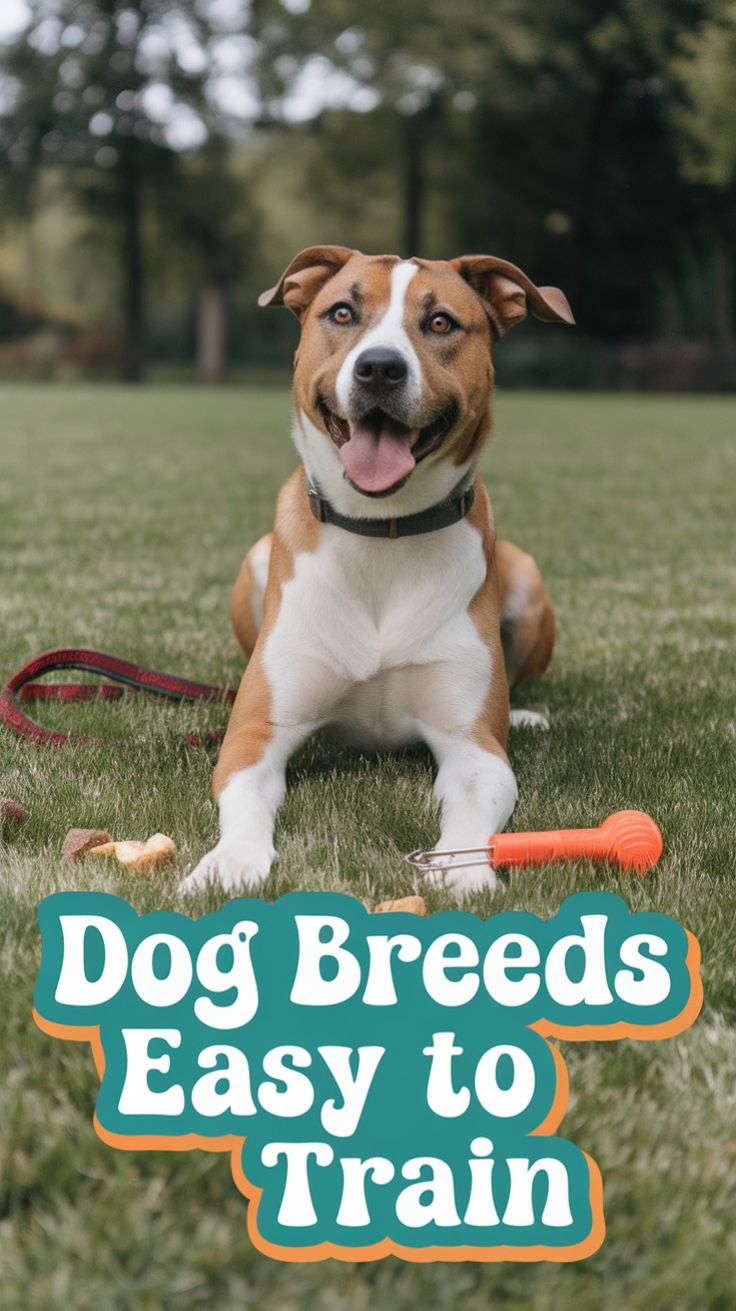
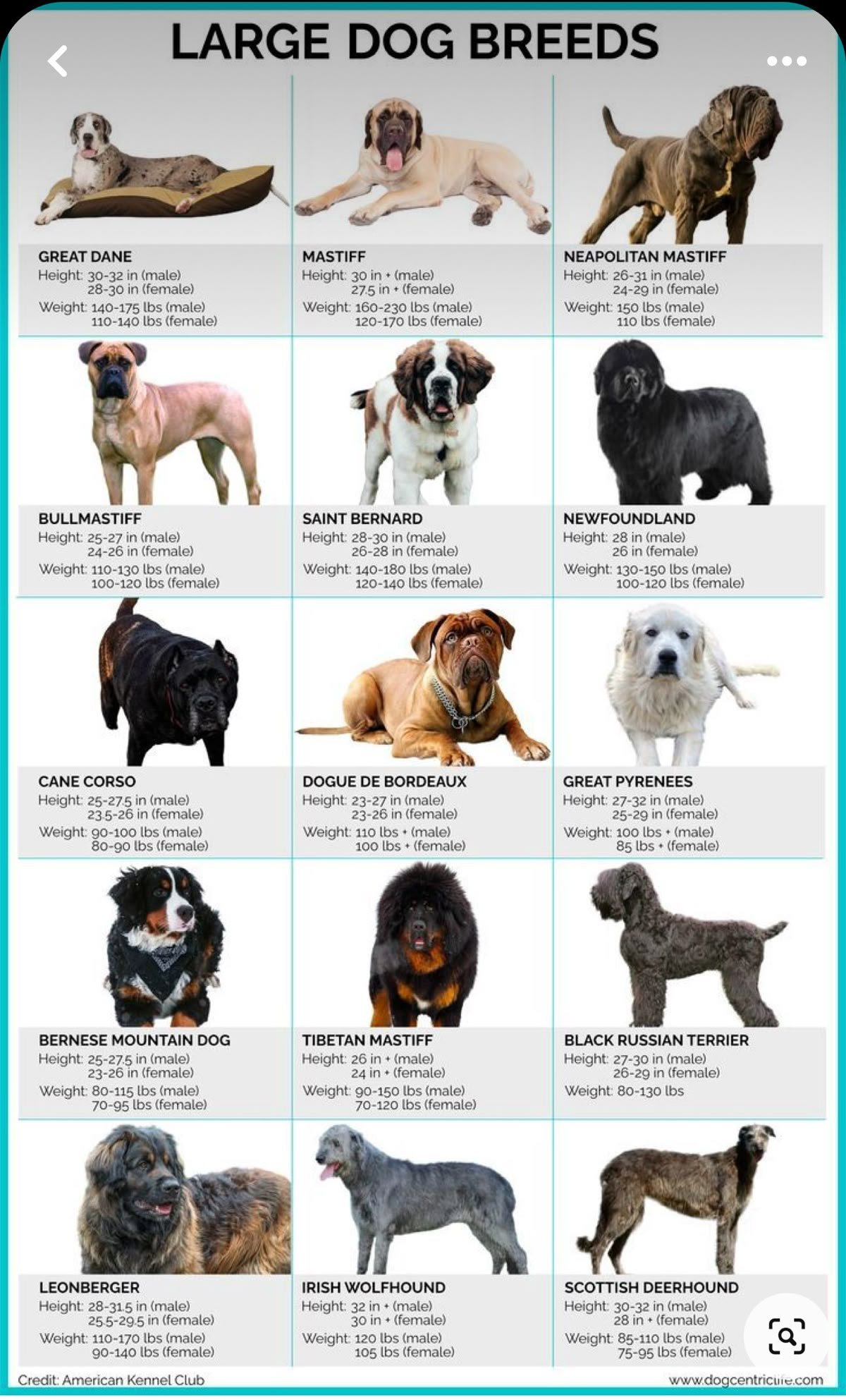



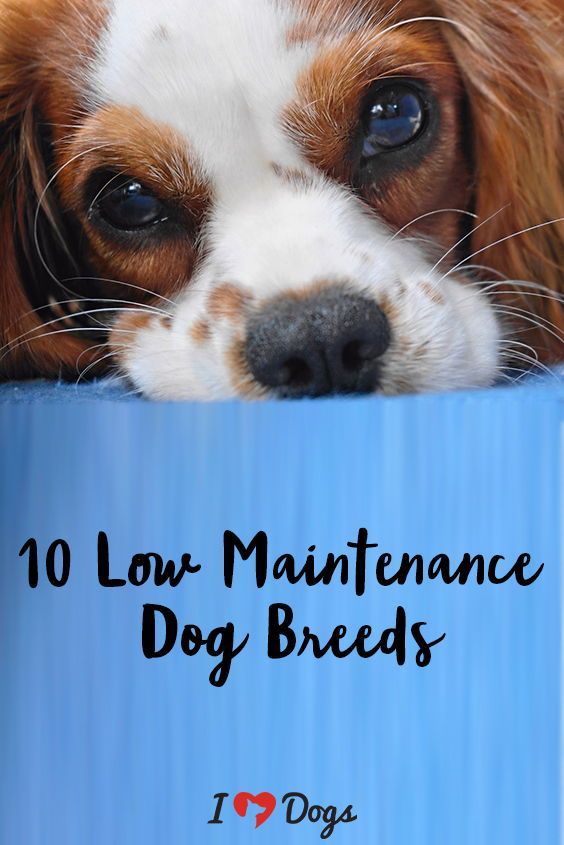
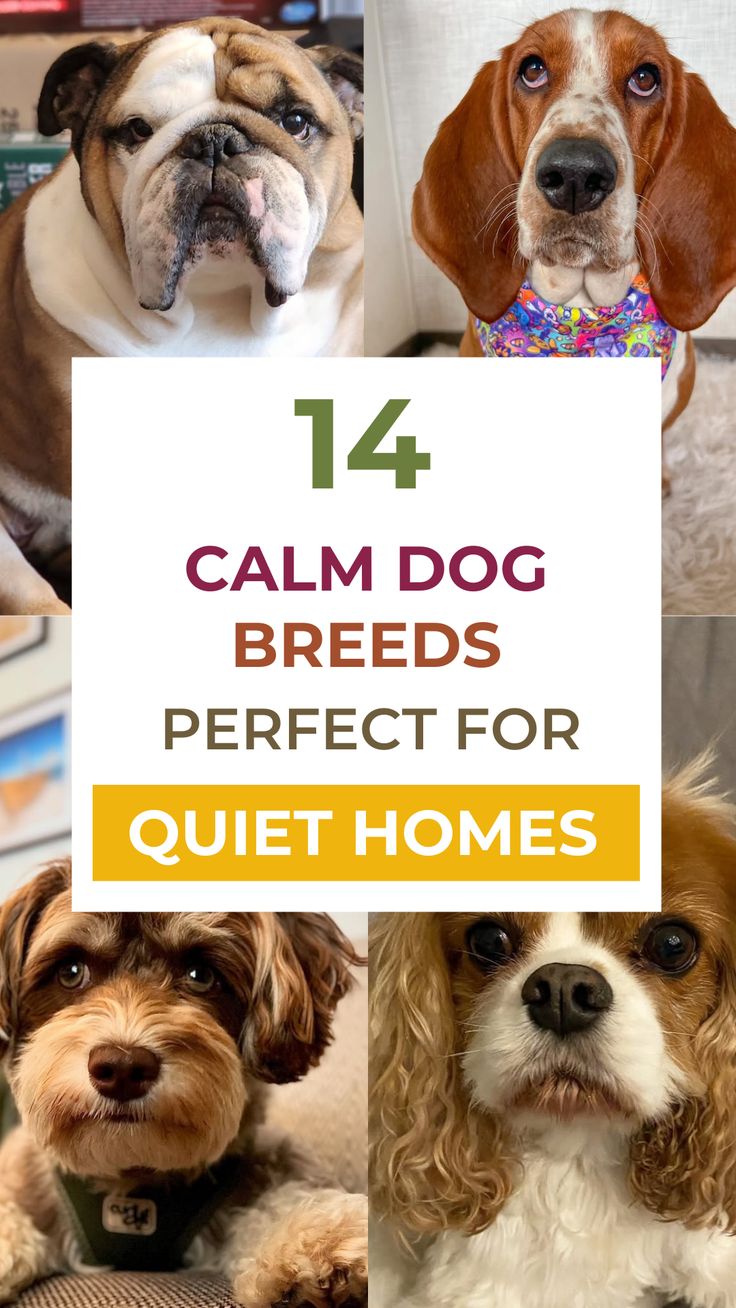

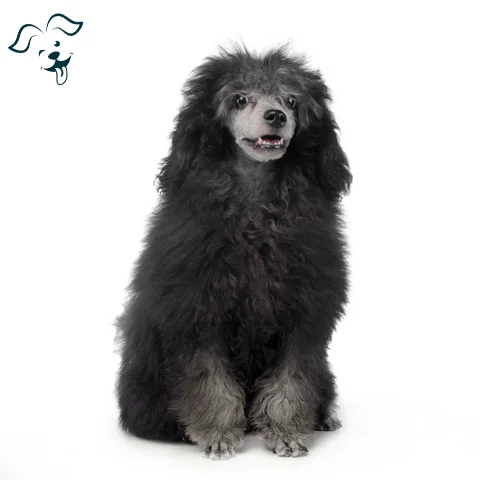
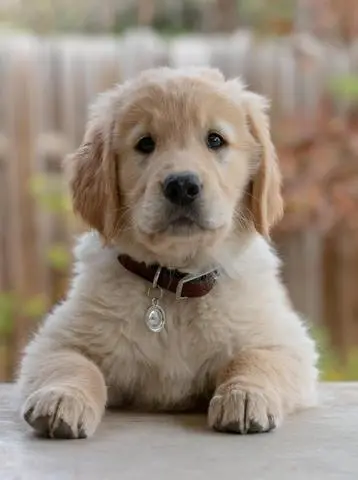

FRIENDLINESS
LIVELINESS
VIGILANCE INTENSITY
ADAPTATION CAPACITY